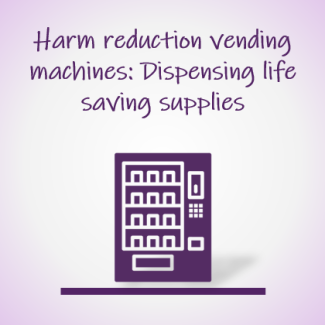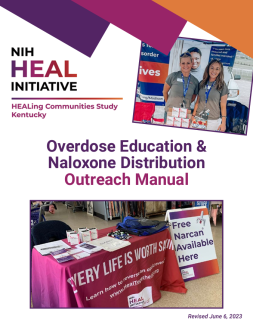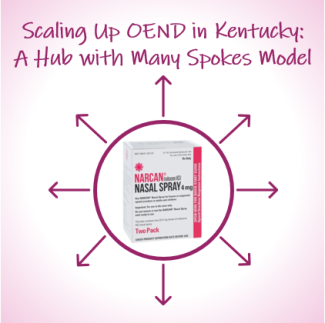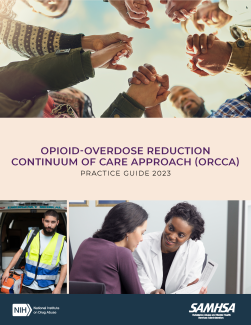Welcome to our resource library dedicated to increasing access to naloxone and improving overdose education. Whether you’re a concerned community member, a healthcare professional, or part of an organization, we believe that everyone has a role to play in combatting opioid overdoses.
Why naloxone matters
- Naloxone (also known as the brand names Kloxxado™, Narcan®, RiVive™, or Zimhi®) is a powerful medication that reverses the effects of an opioid overdose.
- We can create safer communities and reduce overdose fatalities by spreading overdose education and increasing naloxone availability.
Explore the topics below to find resources that may be helpful to increasing naloxone availability in your community or at your organization.



